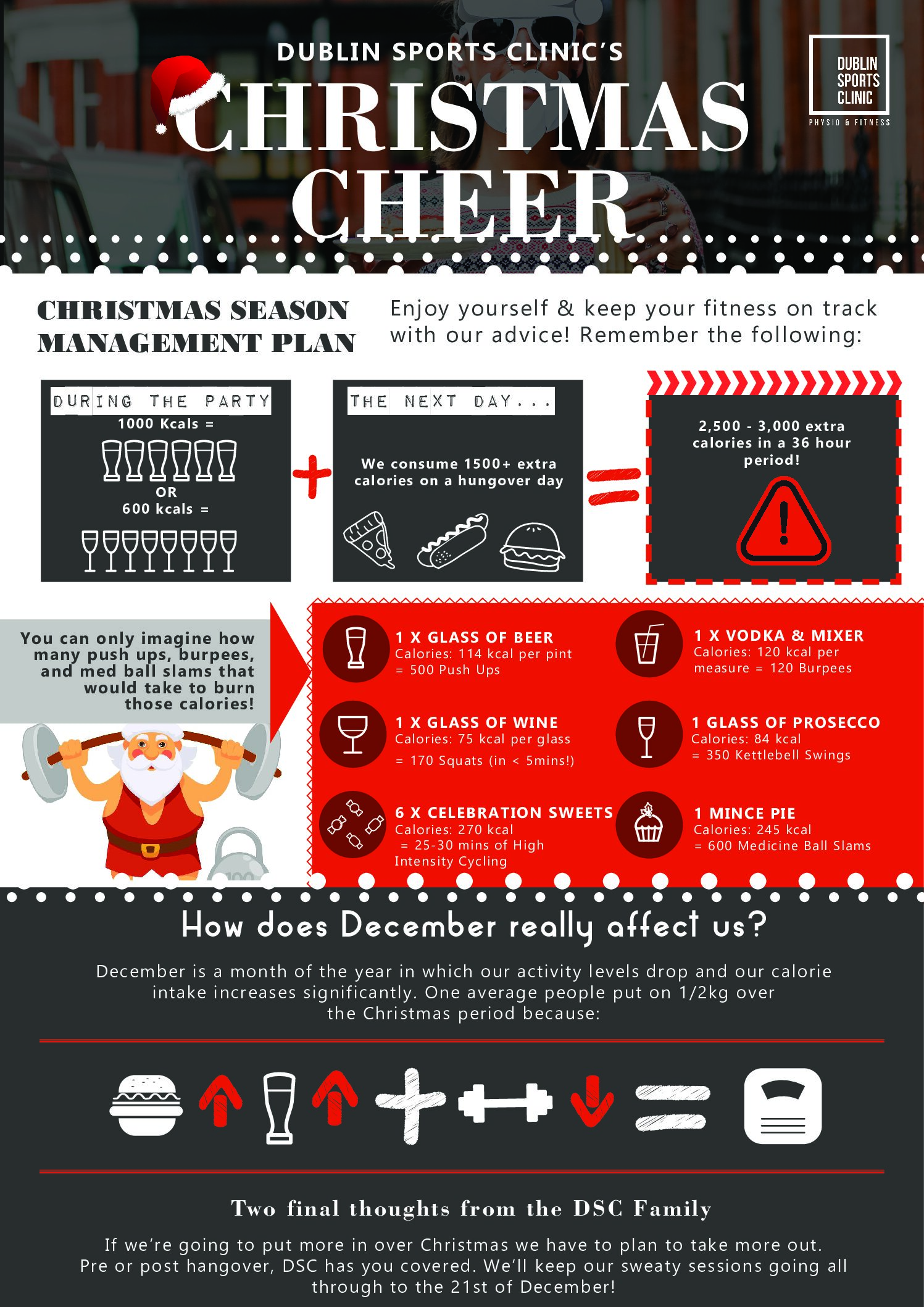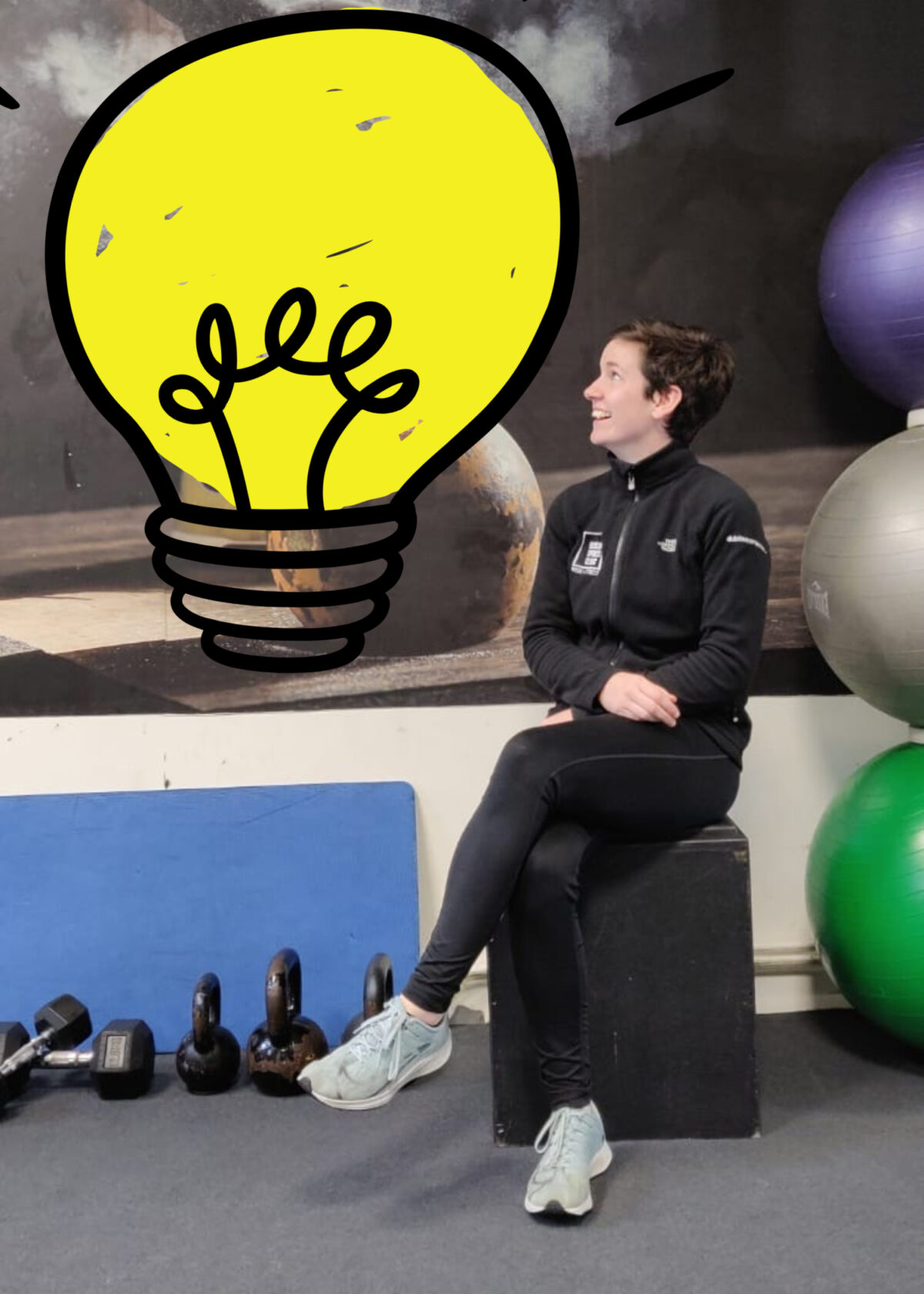What We Talk About When We Talk About… Grading of Muscle and Ligament Injuries
Have you ever wondered what a physiotherapist is talking about when they mention a Grade 2 hamstring strain or a Grade 1 ankle sprain?
Most people will know that a Grade 1 is the least severe type of injury you can have and that a Grade 3 is the worst but after that you may not really be sure of the implications of this grading system. To help put these numbers into perspective I will use examples of high profile athletes showing that they were not indestructible after all. Usain Bolt walking off the track at the 2017 World Championships in London was probably a grade 1, possibly a grade 2, whereas the image of Paul O’Connell being stretchered off at the 2015 Rugby World Cup was more representative of a Grade 3 (although it was reported that he actually tore the muscle from the bone so it wouldn’t be a classic muscle injury – but you get what I mean).
There are certain characteristics of the different grades of muscle or ligament injuries that can help clarify things in your mind. We can also make an estimation of when you could return to sport/activity based on the level of injury but there are a massive amount of factors that will play a role in the duration of rehabilitation.
| Muscle (Hamstring) | Ligament (Lateral Ankle) | |
| Grade 1 Prognosis | Minimal tissue damage Mild pain No significant tissue damage Walking without a limp No significant loss of strength 1-3 weeks approx. | Minimal tissue damage with some swelling Tender to touch Normal range of motion on assessment but pain at end-range Possibly limping 1-3 weeks approx. |
| Grade 2 Prognosis | Greater level of tissue damage Moderate pain Some swelling or bruising Limping Loss of strength 6-8 weeks approx. | Moderate tissue damage with greater swelling around the whole joint Painful to touch Increased range of motion on assessment Moderate limping 4-8 weeks approx. |
| Grade 3 Prognosis | Complete tear/rupture Severe pain Complete loss of muscle function (i.e. unable to walk) 26 weeks approx. | Complete tear of ligament Audible ‘pop’ with injury Pain immediately but can subside soon after Significant swelling and bruising Lack of ligament stability on assessment Significant functional deficit 26 weeks approx. |
A thorough assessment by a chartered physiotherapist can accurately diagnose the grade of injury but the use of an MRI can help to assist in the accurate diagnosis. An MRI can pick up some associated injuries such as a small fracture in the ankle if the injury event was quite traumatic, or if there is some tendon involvement in a muscle injury.
Understanding the injury can help you to have more realistic expectations of when you might return to sport/normal day-to-day function.
Blog written by William Cuddihy MISCP, Chartered Physiotherapist at Dublin Sports Clinic.
Click here for more in the “What We Talk About” series.

Staying on Track in December
Around Christmas time we have more work dinners, catch up with old friends, friends come home for the holidays and there’s a more family gatherings.

Member of the Month
Stephanie has been one of the most consistent and motivated clients I have ever trained. After ankle surgery a few years ago, our training journey

Top 10 Q’s October
How often should I train in a week? Easy – at least 4 times a week to achieve a healthy lifestyle. Your weekly exercise routine

